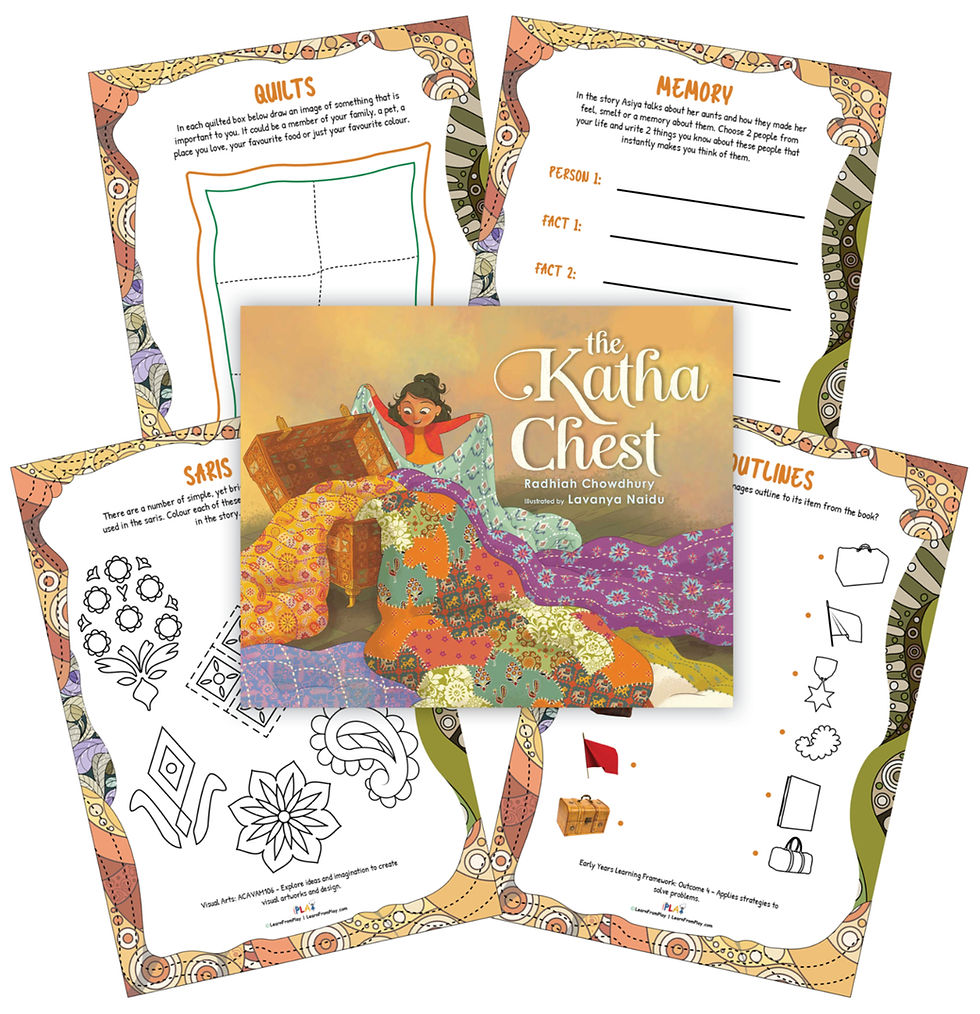In today's multicultural society, understanding and appreciating diverse cultures is more important than ever. A literacy-first approach to teaching about immigrant cultures in Australia provides a powerful way to foster empathy, respect, and a sense of community among students. Through engaging stories, students can explore the rich tapestry of cultures that make up modern Australia. Here, we’ll look at how specific books can be used to teach about diverse cultures, grouped by common themes.
Celebrating Chinese Culture
Books that delve into Chinese culture offer vibrant stories and lessons about tradition, family, and identity. For example, "Be Careful, Xiao Xin!" by Alice Pung tells the story of a young boy navigating the challenges of fitting in while preserving his cultural heritage. Through Xiao Xin’s experiences, students can discuss the balancing act between assimilation and maintaining cultural identity.
Another delightful book, "Dim Sum Here We Come" by Maple Lam, introduces children to the cultural significance of food. As the characters explore a dim sum restaurant, students can learn about Chinese cuisine and the role of food in cultural traditions. This book can be paired with a classroom activity where students share their own family food traditions.
Exploring Indian Heritage
Indian culture is beautifully represented in books like "Amma's Sari" by Sandhya Parappukkaran and "The Katha Chest" by Radhiah Chowdhury. "Amma's Sari" is a touching story about a child’s connection to her mother through the vibrant saris she wears. This book can be a starting point for discussions about traditional clothing and the emotional connections to cultural artifacts.
"The Katha Chest" offers a window into the world of Indian storytelling and family heritage. It showcases the importance of preserving stories and traditions across generations. Activities can include students creating their own 'katha chest' with stories and items that represent their cultural backgrounds.
Jewish Traditions and Celebrations
Jewish culture is highlighted in "All-of-a-Kind Family Hanukkah" by Emily Jenkins. This book takes readers through the festive preparations and celebrations of Hanukkah in a Jewish family. Through this story, students can learn about Jewish traditions, the significance of Hanukkah, and the universal themes of family and celebration.
Understanding Family and Names
Books like "What Do You Call Your Grandpa?" and "What Do You Call Your Grandma?" by Ashleigh Barton explore the diverse ways we address our elders across different cultures. These books can lead to rich classroom discussions about family traditions and the significance of names. Students can share the names they use for their grandparents and learn about the cultural reasons behind these names.
Teaching Empathy and Acceptance
"11 Words for Love" by Randa Abdel-Fattah is a beautiful book that teaches children about the many ways love is expressed in different cultures. Through its poetic narrative, this book helps students understand that love is a universal language, transcending cultural boundaries.
Similarly, "Knock Knock" by Sophie Masson explores the idea of hospitality and welcoming others, a theme relevant to immigrant experiences. This book can be used to discuss how different cultures practice hospitality and the importance of being open and welcoming to others.
The Power of Food in Cultural Assimilation
"Stay for Dinner" by Ghazaleh Golbakhsh is another fantastic book that uses the universal theme of food to explore cultural diversity. As characters from various backgrounds come together to share meals, students can discuss how food helps bridge cultural gaps and fosters community. This book can be integrated into a classroom activity where students bring in dishes from their own cultures to share with their classmates.
Integrating these diverse books into your teaching curriculum not only enriches students’ understanding of different cultures but also promotes a more inclusive and empathetic classroom environment. By exploring themes like family, food, traditions, and celebrations through literature, students gain a deeper appreciation for the cultural richness that immigrant communities bring to Australia.
Using a literacy-first approach, educators can create engaging and meaningful learning experiences that celebrate diversity and foster a sense of global citizenship in their students. If there are other books you use to teach cultural inclusivity please share them either below or via email.
















Komentáře